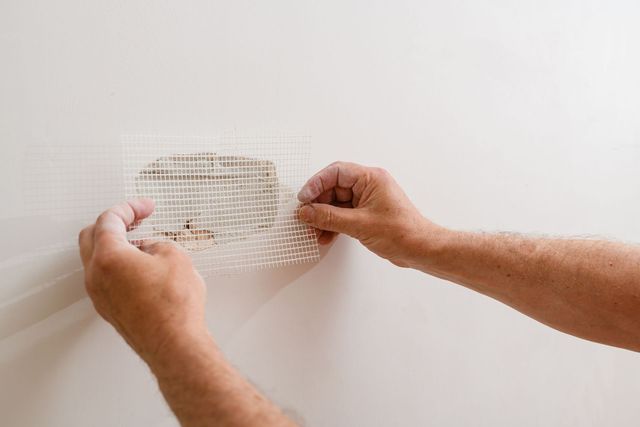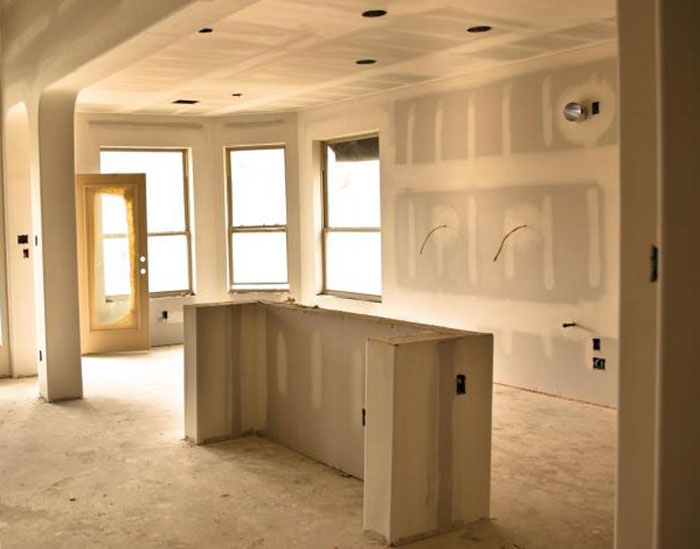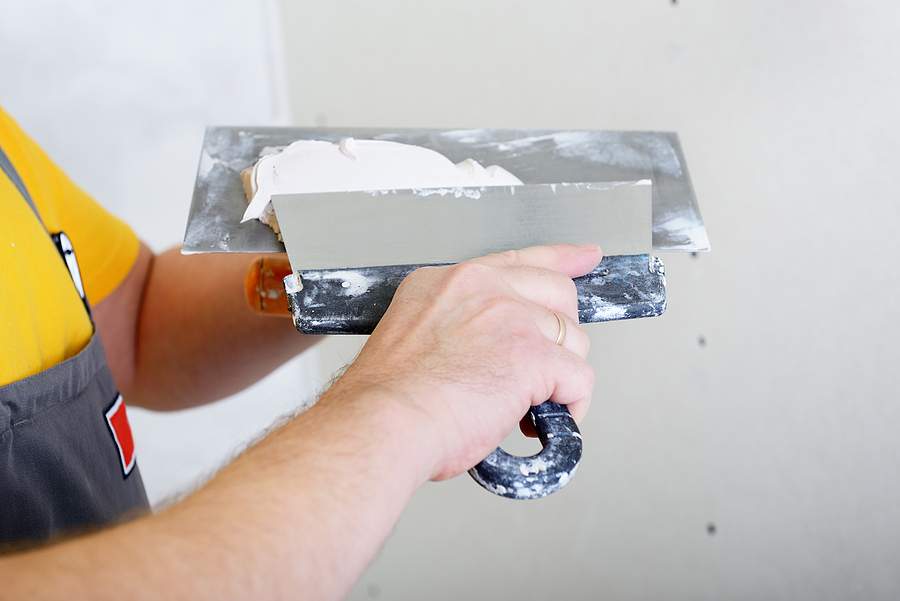Bring new life to your living space with Drywall Installation Ogden Utah and expert-level paint applications.
Discover the Best Practices for Successful Drywall Repair Service and Setup
The art of drywall fixing and installation requires a blend of skill and precision. Mastering the necessary devices is essential for achieving a seamless finish. Understanding the step-by-step process can make a considerable distinction in the last result. Appropriate methods for mudding and taping are additionally critical. What remains is the expertise of upkeep that assures durability. These aspects with each other produce a sleek result worth exploring further.

Necessary Tools for Drywall Fixing and Setup
When embarking on drywall repair service and setup, having the right devices can significantly improve the performance and high quality of the work. An energy blade is crucial for cutting drywall sheets precisely, while a drywall saw can aid in making extra elaborate cuts. Taping knives, readily available in different dimensions, are crucial for applying joint compound efficiently and equally. A drywall sander, preferably with a dust collection attribute, helps accomplish a sleek finish, minimizing the need for considerable cleanup.
Furthermore, a measuring tape warranties accurate dimensions, and a level makes sure that installments are straight and plumb. Safety gear, including dirt masks and safety glasses, need to not be overlooked to safeguard versus debris and dirt. A stud finder aids in locating framing members, ensuring safe and secure setup. By outfitting oneself with these essential tools, the repair work and setup process comes to be much more workable and results in a professional-quality result.

Step-by-Step Guide to Patching Holes
Patching openings in drywall requires a systematic strategy to ensure a seamless fixing. The location around the hole should be cleaned and any type of loose particles eliminated. For little holes, a putty blade can be made use of to use a lightweight spackle, pushing it into the opening and smoothing the surface area. After it dries out, fining sand is important to produce a level surface. For bigger holes, a patch of drywall might be required. This involves reducing an item of drywall a little bigger than the opening, securing it to the wall surface with screws, and making use of joint compound to cover the joints. When the compound dries out, it needs to be sanded smooth. Topping the patched area prior to painting will certainly assure an even surface. Adhering to these steps will result in a professional-looking fixing that blends effortlessly with the bordering wall.
Methods for Smooth Drywall Installment
Achieving seamless drywall setup needs mindful planning and execution. It is necessary to measure and cut drywall sheets accurately to reduce spaces. Using an energy blade, installers ought to rack up the board before snapping it along the cut line, ensuring clean edges. Properly straightening the sheets is vital; beginning with the leading and working down aids maintain uniformity.
Attaching drywall to the studs requires constant spacing, commonly every 16 inches, using screws instead of nails for better hold. This method minimizes the threat of pops in time. Furthermore, surprising the joints in between sheets enhances architectural stability and reduces the visibility of joints.
Finally, using the best density of drywall for particular locations-- such as moisture-resistant key ins shower rooms-- additional contributes to a flawless surface. Complying with these strategies will lead to a professional-looking and smooth installment, setting the stage for the subsequent finishing processes.
Ending Up Touches: Taping and Mudding
Ending up touches, such as taping and mudding, play a necessary role in attaining a refined drywall surface. Insulation involves applying a slim strip of drywall tape over the seams and joints, making sure a seamless look. This process aids stop fractures and develops a solid bond in between drywall sheets. It is crucial to select the best kind of tape, with paper and fiberglass harmonize being one of the most typical options.
Mudding, or using joint compound, complies with taping. This substance completes spaces and ravel the surface for an uniform coating. It is generally used in numerous layers, with each layer requiring to dry prior to sanding. Appropriate strategy involves feathering the sides to mix the compound into the surrounding drywall, decreasing visibility.
When completed correctly, taping and mudding boost both the structural and aesthetic stability of the drywall installation, resulting in a professional-quality finish.
Tips for Preserving Your Drywall After Setup

Furthermore, maintaining a constant indoor moisture degree can avoid bending or mold development. Using a dehumidifier in moist locations, like basements, is recommended. It's also beneficial to regularly repaint locations that show wear, as this shields the underlying material. When moving furniture or mounting fixtures, care ought to be worked out to stay clear of harming the drywall. By complying with these upkeep suggestions, property owners can expand the life of their drywall, securing it continues to be an appealing attribute of their interiors.
Often Asked Concerns
What Safety And Security Equipment Is Necessary for Drywall Repair Work and Setup?
For drywall fixing and installment, essential safety gear includes safety goggles to secure eyes, dirt masks to avoid inhalation of bits, gloves for hand defense, and knee pads for convenience during long term kneeling. Drywall Repair Ogden UT.
How Do I Establish the Drywall Thickness Needed for My Task?
To determine the drywall density needed for a project, one ought to take into consideration the wall surface's architectural requirements, regional structure codes, and the planned usage of the area, typically selecting 1/2-inch or 5/8-inch drywall.
Can I Repair Drywall Without Removing Furnishings From the Room?
Yes, drywall can be fixed without getting rid of furnishings from the space. Cautious planning and safety actions can decrease mess, enabling effective repairs while keeping surrounding products risk-free from dirt and damage during the procedure.
What Kinds of Drywall Are Best for Various Settings?
Moisture-resistant drywall is suitable for kitchens and washrooms, while soundproof drywall fits shared walls in homes. Fire-rated drywall is best for garages, and common drywall works well as a whole living areas, ensuring durability and viability for various settings.
The length of time Does It Consider Drywall Mud to Dry Completely?
Drywall mud normally takes 24 to two days to completely dry completely, relying on elements like moisture and temperature level (drywall contractor). Thicker applications may require longer drying out times, while thinner layers can dry faster. Correct ventilation help drying
The art of drywall repair service and installation calls for a blend of ability and accuracy. When taking on drywall repair work and installment, having the right devices can significantly boost the efficiency and high quality of the job. An energy knife have a peek at this site is necessary for reducing drywall sheets precisely, while a drywall saw can help in making more complex cuts. Attaining seamless drywall installment needs careful planning and implementation. Moisture-resistant drywall is suitable for bathrooms and kitchen areas, while soundproof drywall suits shared walls in apartment or condos.